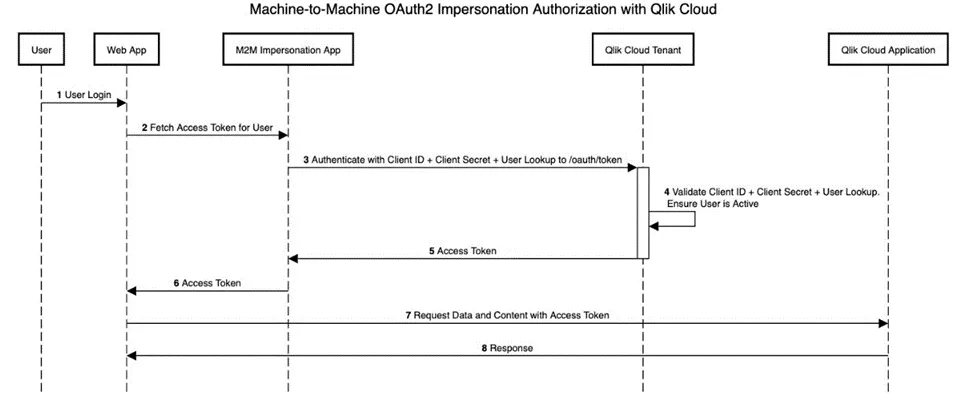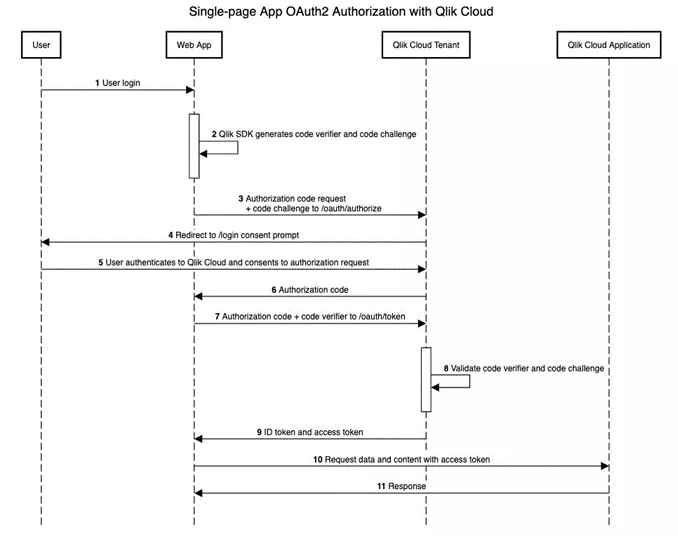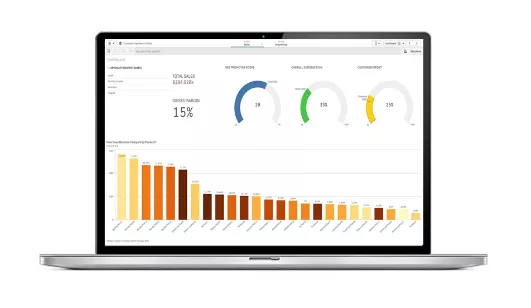Embedding Qlik, a robust data visualization and analytics platform, within your existing applications, websites, or portals can revolutionize your interaction with data. This seamless integration allows users to access Qlik’s advanced analytics directly within their familiar tools, enhancing the user experience and making data insights more accessible. With Qlik-embed, the process becomes straightforward and adaptable, supporting consistent configuration options across various implementation frameworks, and addressing modern security challenges like third-party cookies and cross-site request forgery.
The benefits of Qlik-embed are compelling. It simplifies content configuration, supports modern authentication strategies like OAuth, and provides API access for deeper web page integration. Compared to other frameworks like iFrame, Capability API, and Enigma.js, Qlik-embed offers a superior balance of simplicity and flexibility. Whether you need to share interactive Qlik visuals on your website, integrate Qlik into your CRM or custom web app, or display dashboards on production screens, embedding Qlik ensures you can leverage powerful analytics in a secure, efficient, and user-friendly manner.
What is embedding?
Embedding Qlik refers to the integration of Qlik's data visualization and analytics capabilities within other applications, websites, or portals. Instead of using Qlik as a standalone application, its features are seamlessly incorporated into other software environments. This integration allows users to interact with Qlik’s advanced analytics directly within the tools they already use, providing a unified and streamlined user experience.
Qlik-embed
Qlik-embed simplifies embedding Qlik technologies, while also increasing the potential of the integration for both Qlik Cloud and Qlik Sense Enterprise client-managed.
One of the advantages of Qlik-embed is that no matter which Qlik-embed library you choose, the configuration options will be the same, and the methods and properties will be the same. The only differences will be inherent to the framework used to implement Qlik-embed into your application.
Why would I embed?
-
We would like to develop a customer portal and share dashboards or visuals with our customers.
-
We would like to share some interactive Qlik Sense visuals on our website. Can we use Qlik?
-
Can we display this app on screens in our production site?
- Can we integrate Qlik into our own solutions?
As privacy and security features of browsers keep getting stricter, embedding content has become more complex. Things to consider are third-party cookies, cross-site request forgery, content security policy, and so on.
Qlik-embed resolves these problems and makes sure you can embed with ease. Besides Qlik-embed you can also use iFrame, Capability API, nebula.j or enigma.js as framework. Each framework has its own advantages and disadvantages and it depends on the use case which framework should be used. In this insight, only Qlik-embed will be discussed further and how this framework compares to the other frameworks.
Why Qlik-embed?
-
Able to configure the properties of the content you are embedding
-
Supports modern auth strategies like OAuth
-
Provides access to the API of the embedded content which makes it able to work with the underlying code to enrich the web page
Possible technologies for authorization
-
Machine-to-Machine OAuth2 Impersonation: one machine (e.g., a server or a backend service) needs to perform actions on behalf of another user or service. This approach allows a service to authenticate and authorize on behalf of a user without the user's direct involvement in each transaction.
- Single-Page App OAuth2: Single-Page App (SPA) OAuth2 Authorization refers to a specific implementation of the OAuth2 protocol tailored for Single-Page Applications. SPAs are web applications that load a single HTML page and dynamically update the page as the user interacts with the app, usually using JavaScript frameworks
Use case 1: Public access to your Qlik visualizations
One of the powerful features of Qlik Cloud is its ability to integrate Qlik OAuth protocols with Azure. By leveraging Qlik Cloud and an Azure Web App, we enable public access to your Qlik apps and visualizations. This capability allows organizations to share interactive, data-driven insights with a broader audience without requiring them to log in.
We’ve created a basic Qlik app for the Tour de France to illustrate this use case. By utilizing the layout container object, we've organized and displayed key data points and visualizations that capture the essence of the event. This example demonstrates how easy it is to make compelling and informative visualizations publicly accessible. Furthermore, this integration can be extended to allow your visualizations to seamlessly blend into your own solutions.
Explore our Tour de France Qlik app in full screen here or via the Tour de France Qlik App.
This Qlik Sense app is optimized for desktop screens. For the best experience, consider using a desktop device.
Use case 2: Integrate Qlik Cloud into your web app with a custom login

Use case 3: Integrate Qlik Cloud into your web app / CRM / ... with the same IdP

Use case 4: Continuous display of a Qlik dashboard
Make your Qlik Sense app accessible with a private URL without authentication

Conclusion
In conclusion, by integrating Qlik’s advanced analytics and visualization tools you ensure data insights are accessible within the platforms your team and customers already use. Qlik-embed makes this process easy, offering consistent configuration, modern security compliance, and flexible integration options.
Whether you need to display visuals on your website, integrate analytics into your CRM, or maintain continuous dashboard displays, Qlik-embed provides the necessary tools and support. This integration not only enhances your data strategy but also helps your business make informed decisions, driving growth and competitive advantage in a data-driven world.


